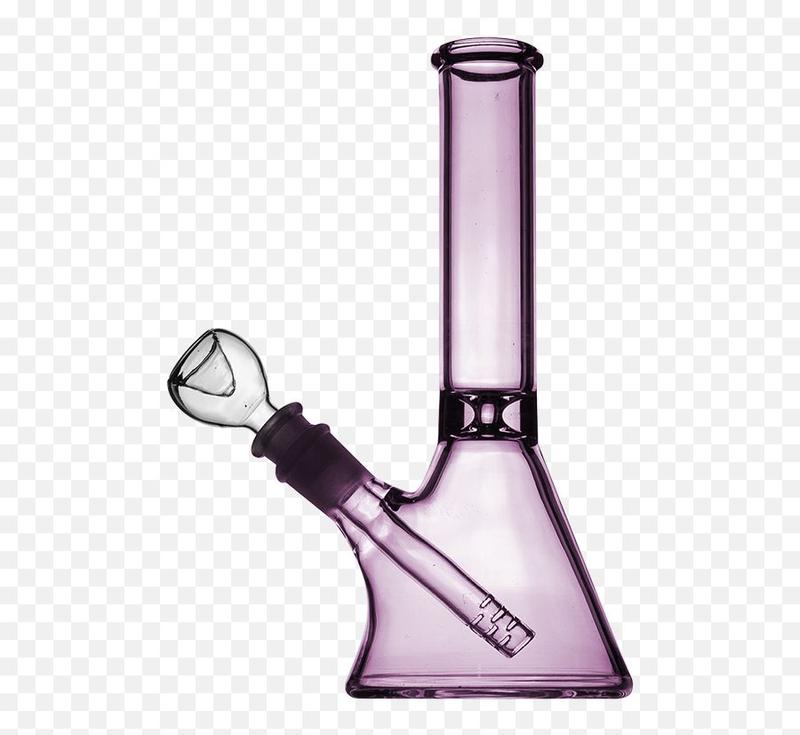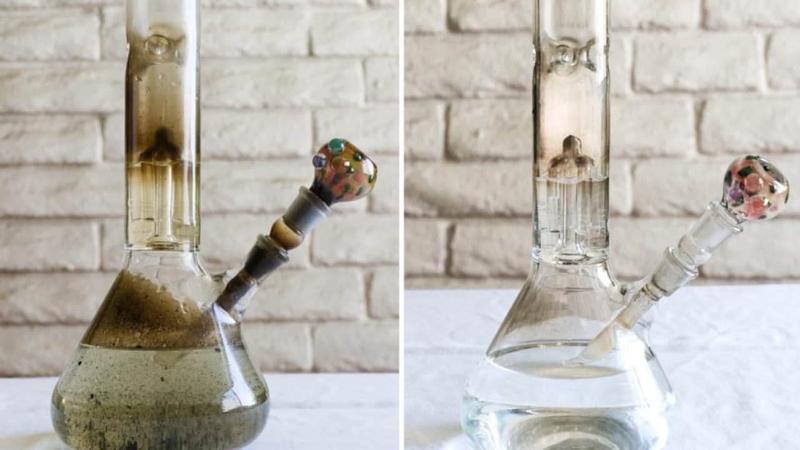Introduction to Oil Bongs
In the world of smoking, oil bongs represent a unique and sophisticated way to enjoy various substances. These devices, often referred to simply as bongs, have gained popularity for their ability to deliver a smoother and cooler smoking experience. Unlike traditional dry herb bongs, oil bongs are specifically designed for use with concentrates, such as oils, waxes, and other potent extracts. This article will explore the intricacies of oil bongs, their construction, usage, and the benefits they offer to both novice and experienced smokers.
The Basics of Oil Bongs
Oil bongs are water pipes that utilize water filtration to enhance the smoking experience. The fundamental design of a bong includes a bowl, a downstem, a water chamber, and a mouthpiece. The bowl is where the substance is placed, while the downstem connects the bowl to the water chamber. When the user inhales through the mouthpiece, the smoke is drawn down through the water, which cools and filters it before it reaches the lungs. This process not only makes the smoke less harsh but also helps to remove some impurities.

Types of Oil Bongs
There are several types of oil bongs available on the market, each designed to cater to different preferences and smoking styles. Some of the most popular types include:
- Traditional Oil Bongs: These are typically made from glass and feature a simple design with a bowl specifically for concentrates. They often come with a removable downstem for easy cleaning.
- Recycler glass bongs australia: These bongs have a unique design that allows water and smoke to cycle through multiple chambers, providing an even smoother hit. They are favored by experienced users who appreciate the advanced filtration.
- Honeycomb Bongs: Featuring a series of small holes in a disc-shaped percolator, honeycomb bongs provide excellent diffusion and cooling of the smoke, making them a popular choice among concentrate enthusiasts.
- Beaker Bongs: With a wider base that resembles a laboratory beaker, these bongs offer stability and a larger water chamber, which can enhance the filtration process.
How to Use an Oil Bong
Using an oil bong is a straightforward process, but it does require some specific techniques to ensure a pleasant experience. Here’s a step-by-step guide on how to use an oil bong:
- Prepare Your Concentrate: Start by selecting your desired concentrate, whether it be oil, wax, or shatter. Use a dab tool to scoop a small amount.
- Fill the Bong with Water: Add enough water to the water chamber to submerge the downstem. This water will filter and cool the smoke.
- Load the Bowl: Place the concentrate into the bowl. If your bong has a nail instead of a bowl, heat it with a torch until it’s red hot.
- Inhale and Enjoy: If using a nail, carefully place the concentrate on the hot surface and inhale slowly through the mouthpiece. If using a bowl, light the concentrate while inhaling gently to draw the smoke through the water.
Benefits of Using Oil Bongs
Oil bongs offer several advantages over other smoking methods. One of the most significant benefits is the smoothness of the smoke. The water filtration process cools down the smoke, making it less harsh on the throat and lungs. This is particularly beneficial for those who may have sensitivities to smoke or are new to smoking concentrates.
Additionally, oil bongs are designed to maximize the potency of the concentrates. Because these devices are tailored for oils and waxes, they allow for efficient vaporization of the material, ensuring that users get the most out of their product. This efficiency can lead to a more intense experience with less material consumed.

Cleaning and Maintenance
To ensure the longevity and optimal performance of your oil bong, regular cleaning and maintenance are essential. Over time, residue from the concentrates can build up, affecting the flavor and function of the bong. Here are some tips for keeping your oil bong in top shape:
- Regular Cleaning: Clean your bong after every use to prevent buildup. Use warm water and a mild soap or specialized bong cleaner.
- Use Alcohol for Deep Cleaning: For a more thorough clean, fill the bong with isopropyl alcohol and salt. Shake gently, then rinse thoroughly with water.
- Check for Damage: Regularly inspect your bong for cracks or damage, especially around the downstem and bowl. Replace any broken parts to maintain functionality.
Conclusion
Oil bongs provide a unique and enjoyable way to experience concentrates, offering a smoother and more potent alternative to traditional smoking methods. With various designs and types available, users can find the perfect bong to suit their preferences. By understanding how to use and maintain these devices, both novice and experienced smokers can enhance their smoking experience. Whether you’re looking to enjoy a relaxing evening or explore the flavors of different concentrates, an oil bong can be an excellent addition to your smoking repertoire.
As with any smoking device, it’s essential to use oil bongs responsibly and be aware of the legal status of cannabis and concentrates in your area. Enjoy the art of smoking with respect and mindfulness, ensuring a safe and pleasurable experience.